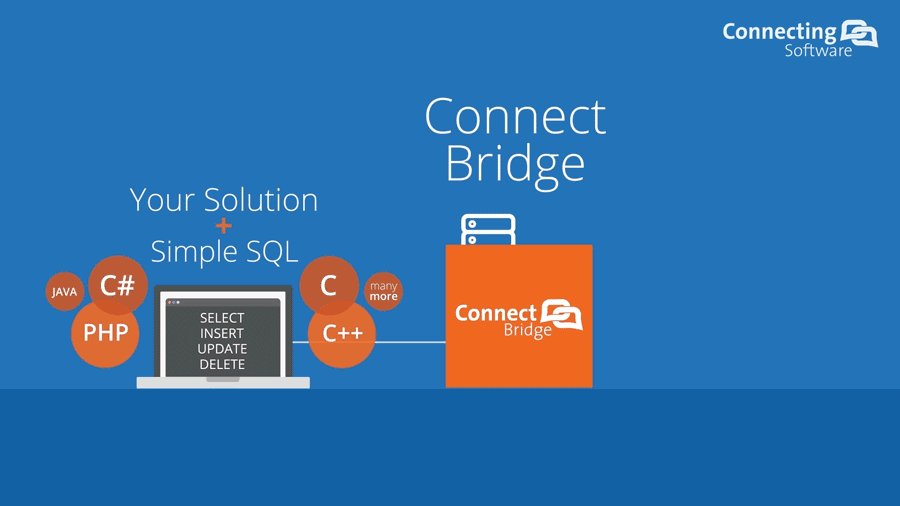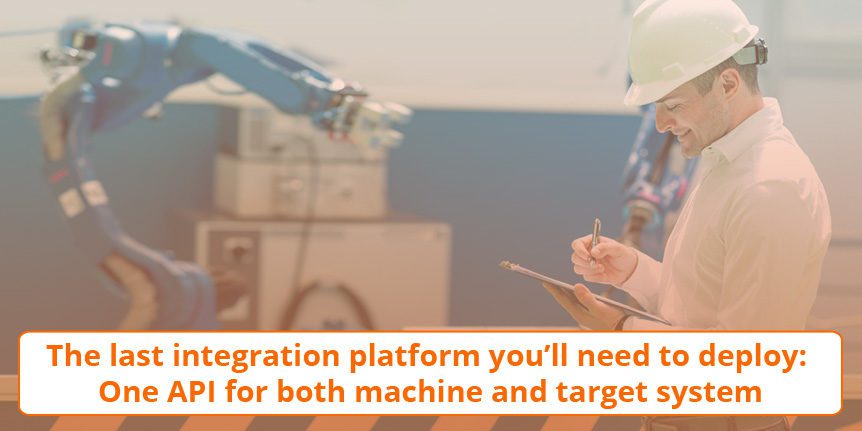Small and medium-sized manufacturers are being left behind in the race to digitally transform factory floors. And it’s up to independent Software Vendors (ISVs), System Integrators (SIs), to bring affordable, scalable integration solutions to the market, and into their environments.
Market leaders define IIoT standards
Your smaller manufacturing clients know the benefits of integrating all their data sources. Industry 4.0., digital transformation, applying AI, machine learning to predict maintenance and repairs -– the list goes on. But these buzzwords are not practical first steps for smaller companies with limited resources.
Meanwhile, the big manufacturers are spending millions, if not billions depending on the services of the big vendors. Again, leaving behind the small manufacturers that struggle to find engineers, let alone in-house development teams and sufficient resources.
At the same time, industry leaders set the standards of the future – and it’s no secret, OPC UA is among them.
Moreover, consider System Integrators struggle just keeping up with complex business system API's. Now, with the next challenge of mastering multiple machine interfaces, SIs also need solutions. These include custom connectors, ready to use. As well as custom integration platforms even junior developers can use effectively.
Why OPC UA?
According to this post by Microsoft about OPC UA standard, “Openness and interoperability between hardware, software, and services will be key in helping manufacturers transform how they operate and create solutions that benefit productivity.” And that is the essence of OPC UA. Discover more about the standard from the OPC Foundation.
But where do small manufacturers begin?
Start with what you have. Bring in the right system integrator for your industry and environment. (maybe one of these partners) If you haven’t done so already, implement OPC UA standard across your factory floor. Set up the right data flows to get your most important machine data flowing to your OPC UA servers for easy retrieval. Also, ensure new hardware has the OPC UA standard built-in. Then, the integration process is straightforward.
Develop your custom integration solution with your own team, or system integrator. Use one platform, one API to communicate with your OPC UA servers, and your back-office software, business applications like Microsoft Dynamics 365, Exchange, SharePoint, and many more target systems.
The thing is, you have the know-how. You know what your environment needs to thrive. But often, the specialists you depend on already have too much work. So free up their time, substitute it with effective solutions.
Read more about small manufacturers' considerations in this guest blog from Richard Majer. He is the founder and CEO of flupo Systemtechnik e. U., a company specializing in industrial IT and automation technology for SMEs.
We know that in practice, your environment is more complex than this simple description. And that’s one of the reasons you should talk to us. We’ve developed some seriously complex integration scenarios, and that know-how is built-in to our platform.

System integrators cut coding time and development costs with Connect Bridge
Value proposition of Connect Bridge
How does Connect Bridge work?
Connect Bridge is a middleware. This means that it quietly sits between your end applications, servers and business systems, taking care of business without any manual intervention or on-going administration.
The architecture of Connect Bridge is fairly straightforward, yet groundbreaking. It accepts simple Create, Read, Update and Delete (CRUD) SQL queries through standard ODBC, JDBC and Web Services drivers. These queries are then translated to standard API calls native to the target system. Thus, as we do not work with the underlying database directly, your machine and business data integrity is ensured.
Instead of mastering thousands of API calls and data structures, you only need to learn 4 simple SQL statements, which you probably know anyway: SELECT, INSERT, UPDATE and DELETE.
Everybody speaks SQL
SQL is among the most widely spoken computer languages. It is estimated that over 12 million developers are fluent in SQL, while only a minor fraction of them have mastered an API. So, you do the math.
What is an API and why should I care?
In the API economy, the “API” term has grown to signify a set of methods enabling a piece of software to communicate with a specific end system by calling these methods. This communication enables you to retrieve data from those end systems into your applications – and put them back there, with APIs functioning as touch points between your apps and systems.
That sounds easy enough. Where’s the catch?
Getting all the enterprise system vendors (not to mention machine vendors) to unify their approach to integration was a whopper. Getting them to speak the same language is downright impossible. As a result, you need to master all the innumerable methods, variables, data structures, remote calls, syntax and routines of each individual system.
Why not leave the knowledge of complex APIs, system updates, maintenance to us instead? So you can focus on integrating, transforming and growing your business.
Custom integration platform architecture
The main components of our Connect Bridge platform can be placed into five categories:
OPC UA Connector for Connect Bridge
OPC UA has become the market standard with big industry support and it’s only growing. If you’ve already decided on the OPC UA standard in your production environment, you’ve taken the first step towards unified connectivity.
For this, you can use our OPC UA Connector, our platform, and your own team.
If you’ve read or scanned this post this far, then why not ask us for a free demo? Or, deploy it in your environment and test it free for 30 days?
